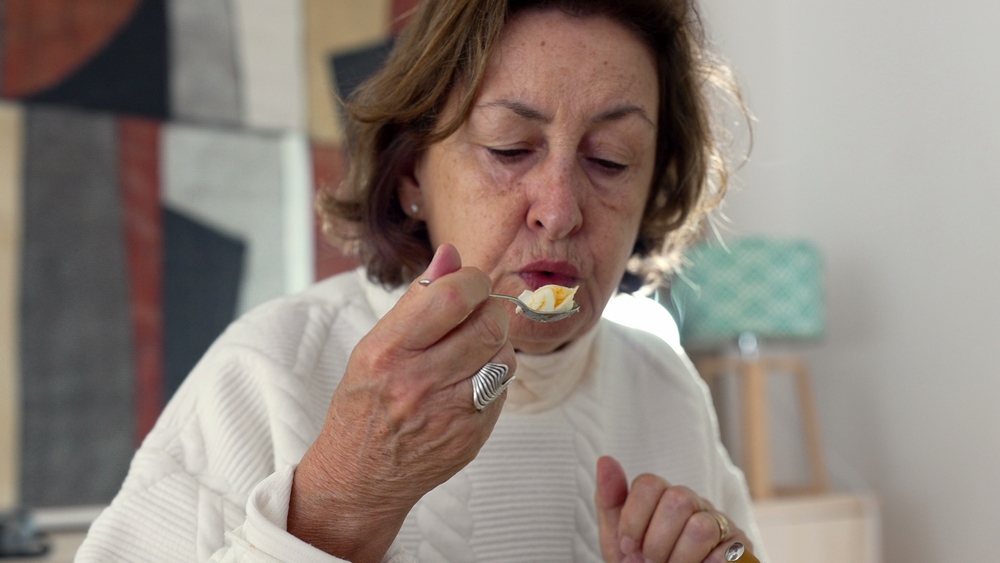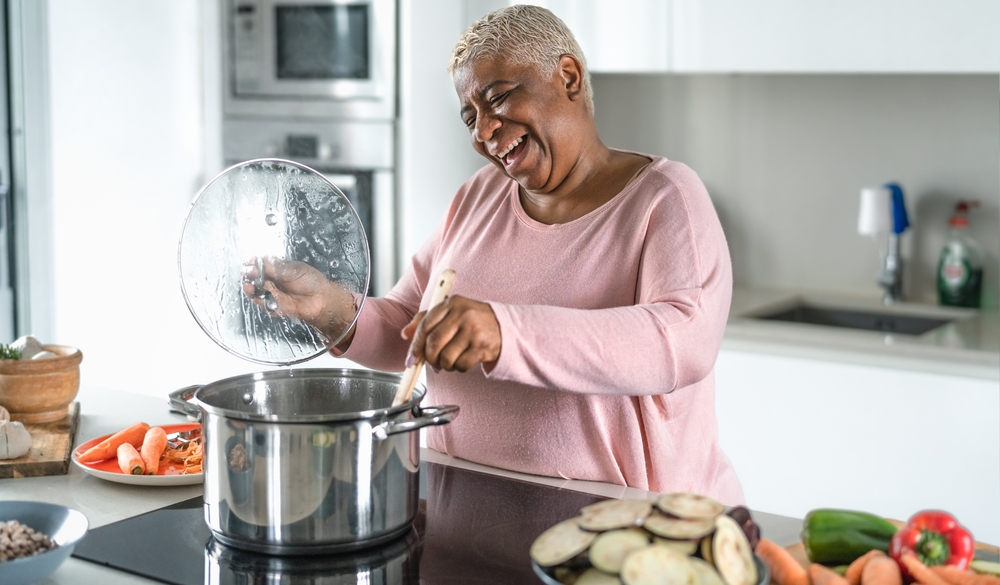How to Prevent Choking in Elderly Adults
Category:

When you see a loved one choking, it can be quite distressing. However, there are steps one can take to prevent choking, from providing emergency first-aid to choosing the proper foods. In this post, we’ll take a look at what you need to do to prevent choking in elderly adults.
Why Do We Choke More As We Age?
Choking in elderly is more common due to various factors. As people age, organs — such as the mouth and teeth — start to deteriorate. Older adults encounter problems such as brittle or broken teeth and gum disease. Additionally, mouths tend to dry out with age and that leads to problems with chewing and swallowing food. Furthermore, health issues related to muscle control (e.g. Parkinson’s disease, Alzheimer’s, and paralysis) can place older adults at an increased risk for choking.
How Do You Stop Someone From Choking?
Sometimes, you have to react quickly when old people are choking. Here are some steps to take:
- Place your leg between their legs to better catch them if they fall or become unconscious.
- Make a fist with one hand.
- Put the thumb side a little bit above the belly button.
- Take the free hand and grasp the fist.
- Push hard and quickly into the abdomen area.
- Continue the thrusts until the object is expelled, or when the person is able to breathe, cough, or talk.
What Are the Most Commonly Choked on Foods for Adults?
Some common choking hazards for adults include:
- Water (Ask your provider about using thickening agents to make water more viscous.)
- Hot dogs (Remove the peel and julienne into slim pieces)
- Chicken with bones
- Steak or other big pieces of meat
- Pizza (especially when cold)
- Popcorn
- Hard candy
- Bread, namely white bread, as well as cake and milk (when older adults drink water on top of bread, the bread expands and becomes like a big sponge and blocks the airway)
- White bread and peanut butter (This can be like glue so be sure to add lots of jelly if you serve peanut butter)
- Crackers, rice cakes, and various dry foods
- Large chunks of fruit (e.g. apples and pineapples)
In the next section, we’ll review how to avoid choking on food for adults.
Download Our FREE Path to Care Guide
How to Prevent Choking in Elderly
Now that we know about choking hazards, let’s look at how to avoid choking in adults. To prevent elderly choking on food, it is advised to:
- Choose foods with low choking risks. This includes fish, ground meat, soups, chocolate, applesauce, pudding, gelatin, or lightly toasted bread with butter or jelly.
- Take time to chew. It is advised to chew food into smaller pieces before swallowing.
- Take small bites. Take about a half to one teaspoon of food at a time.
- Ensure proper lighting. Make sure the dining area has enough lighting and is free from distractions (e.g. television) so it’s easier to focus on eating.
- Sit up straight. Do not eat while lying down.
- Eat slowly. Do not rush during meal times and take time to enjoy food.
- Tuck your chin. Turn your head down and tuck your chin toward your chest. Bend your body forward when swallowing food, which will allow easier swallowing and prevent food from entering the airway.
- Alternate between eating food and drinking liquid. Take small sips at a time.
- Not talk with your mouth full. Talking can cause the epiglottis, which prevents the food from entering the windpipe, to open.
To learn more about our home care services, contact our caregiving team today at 1-800-GRISWOLD or find a Caregiver near you.
Subscribe
Date: 2024-08-08
Category:


